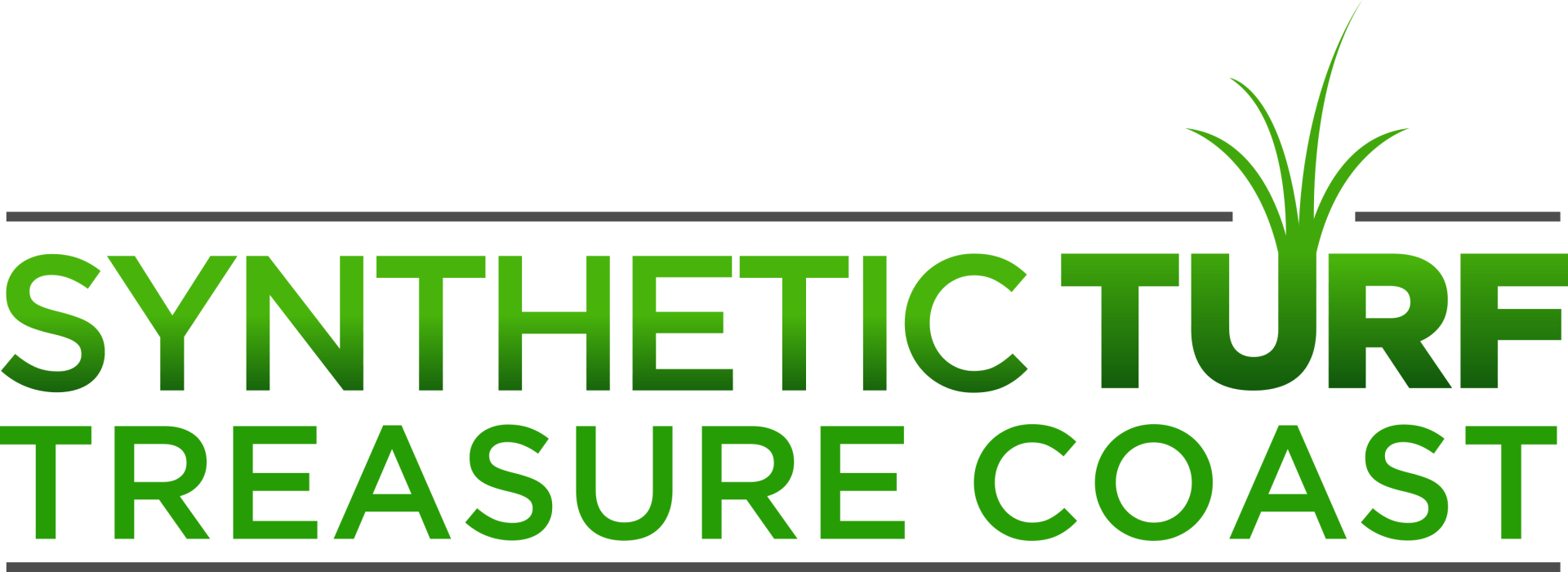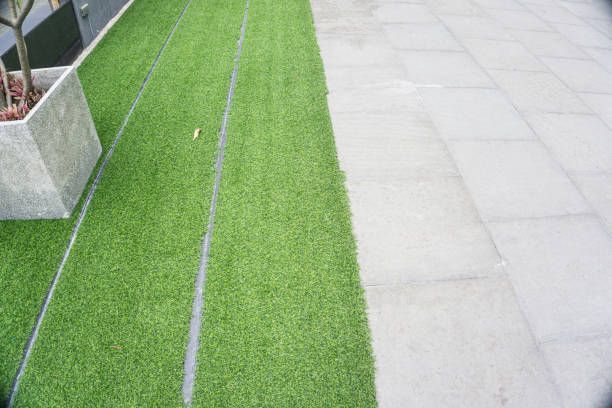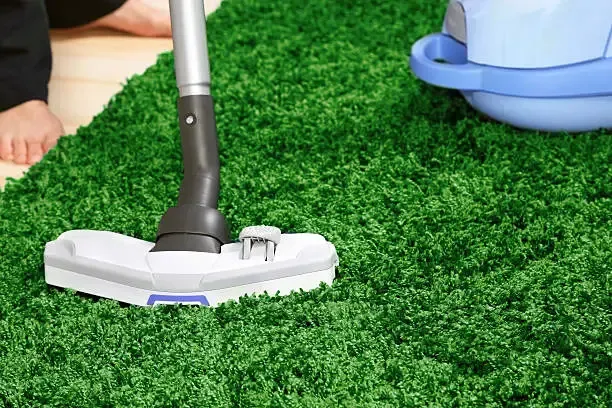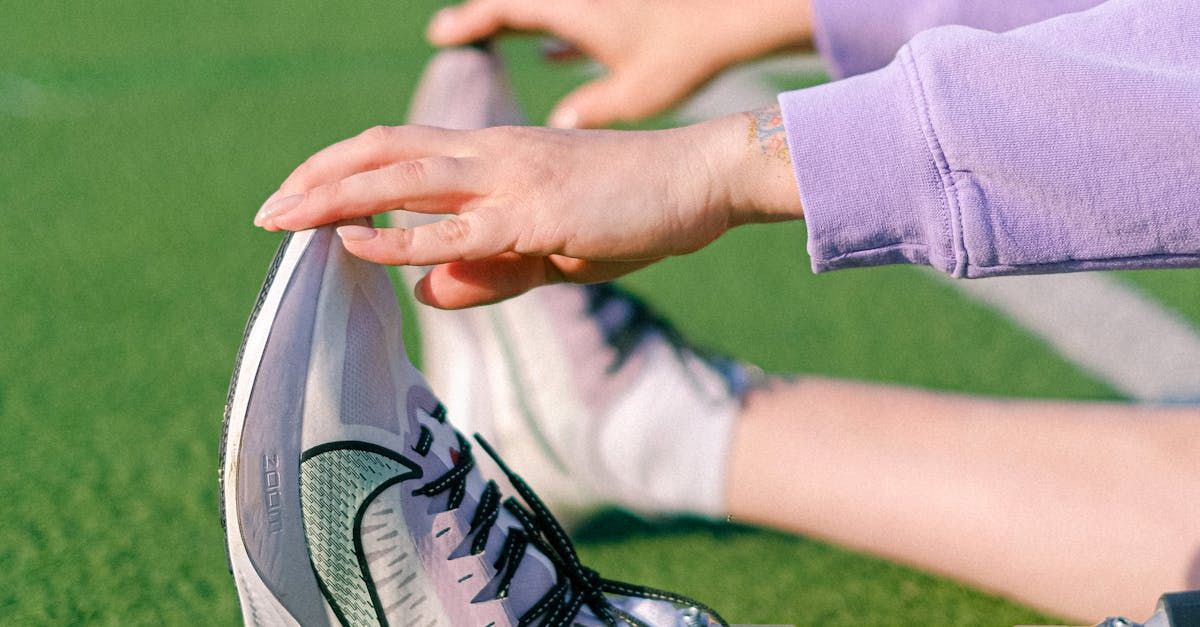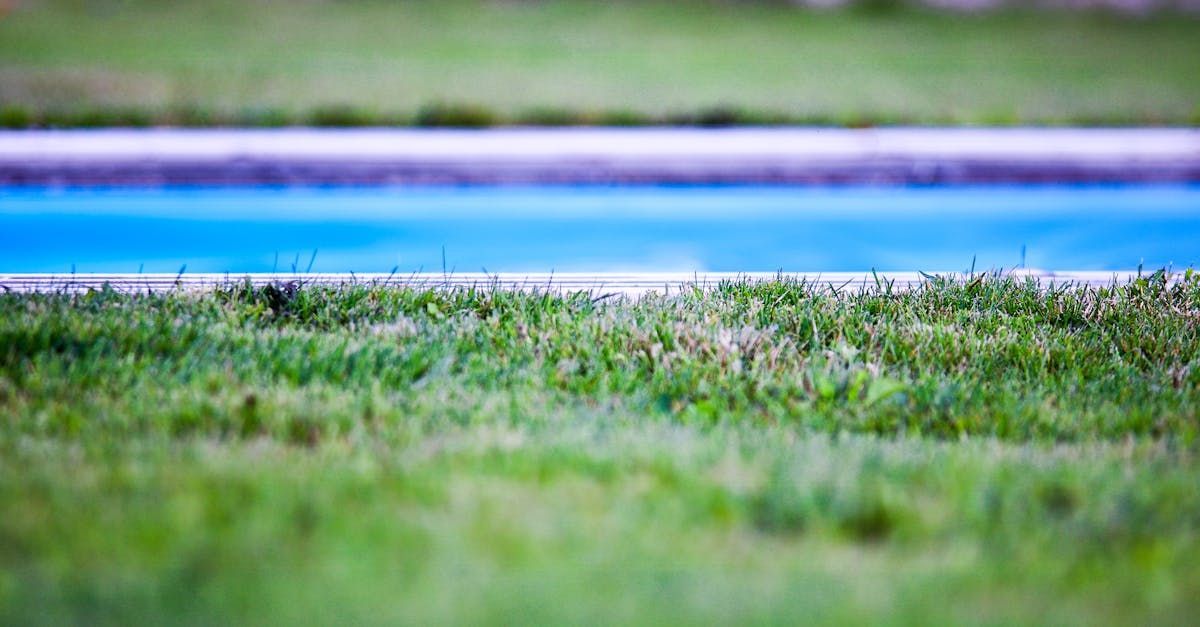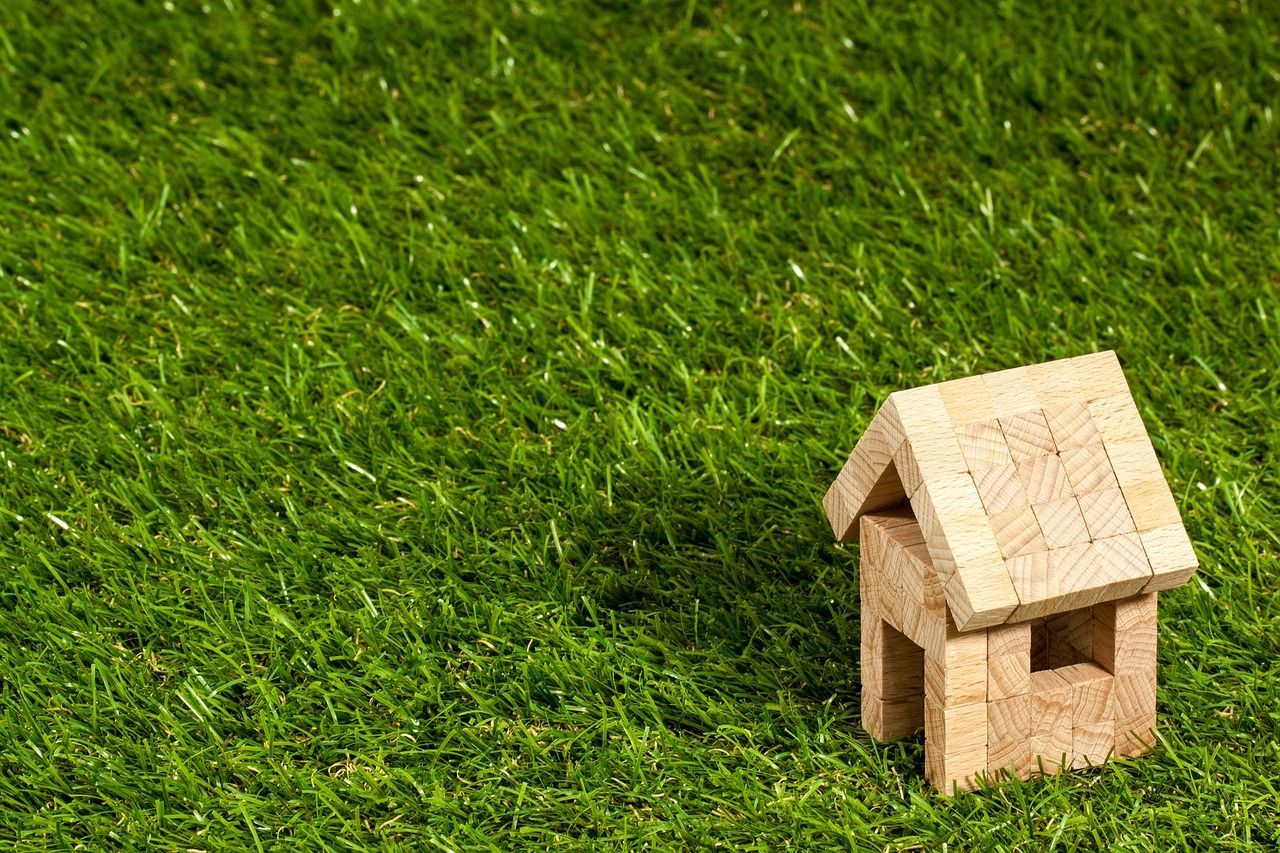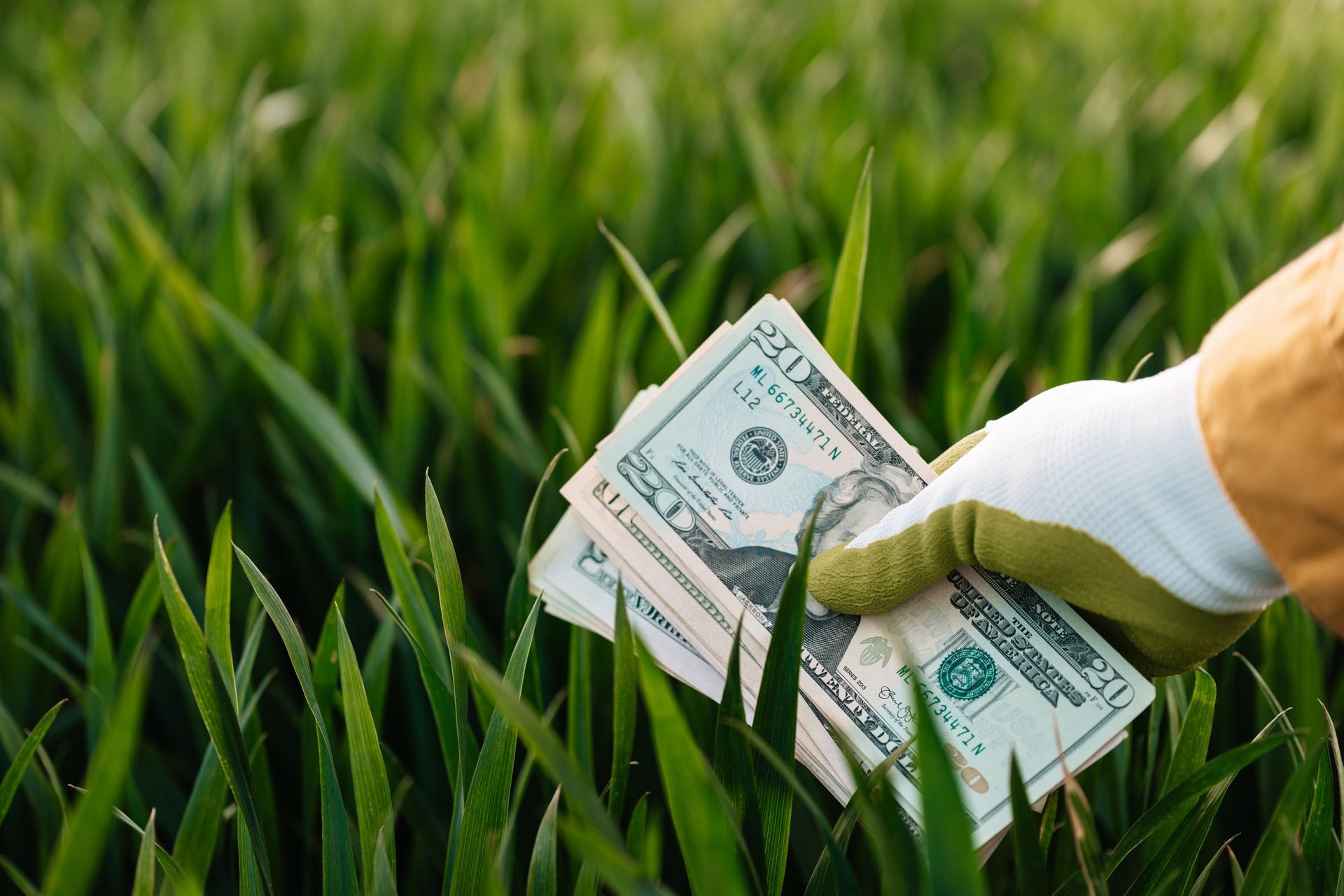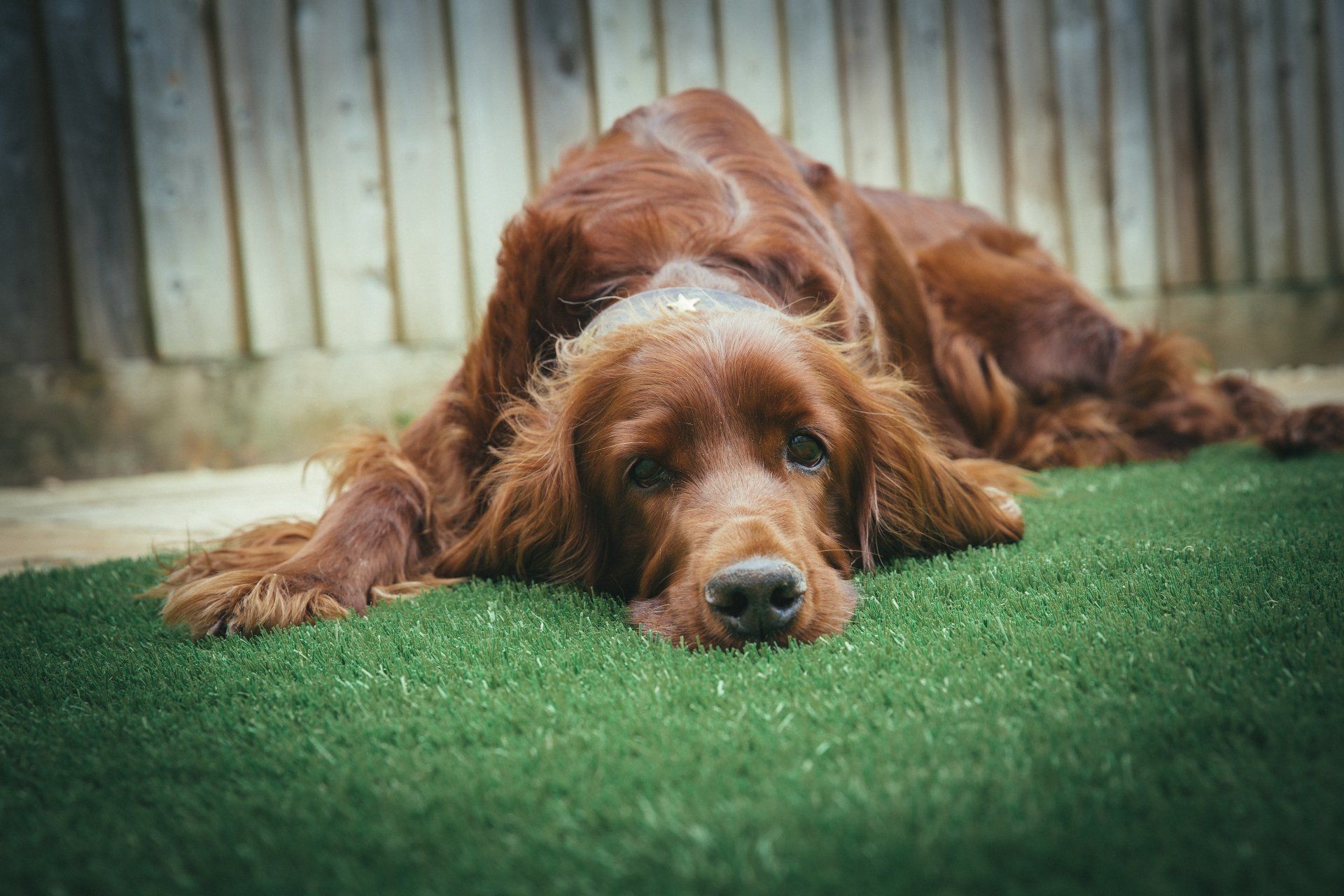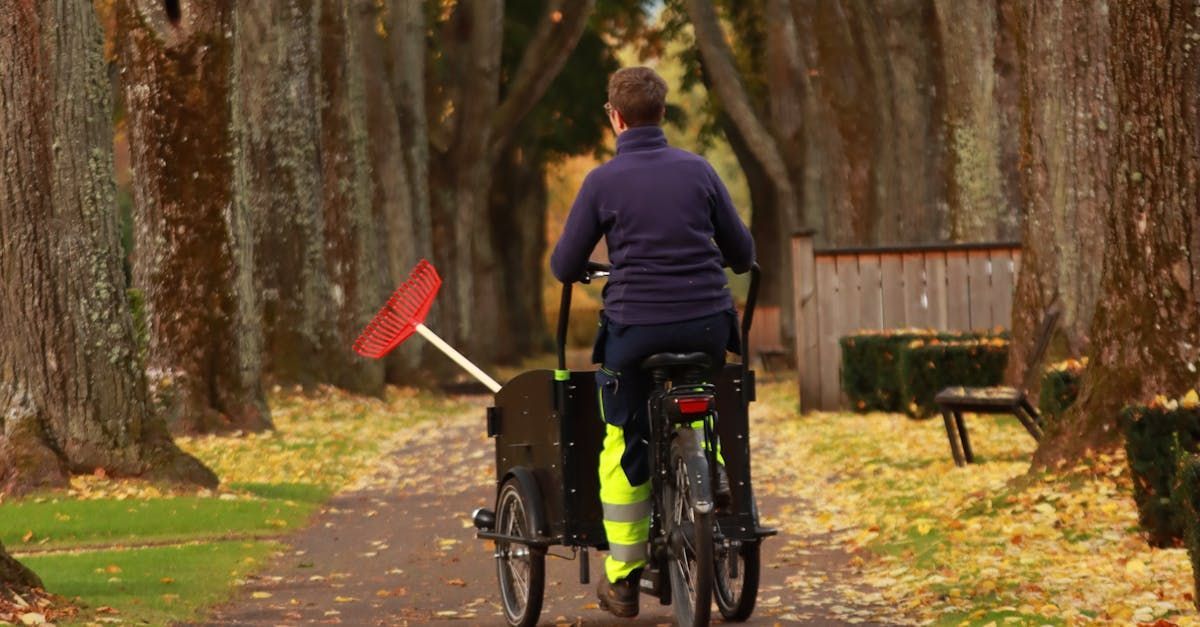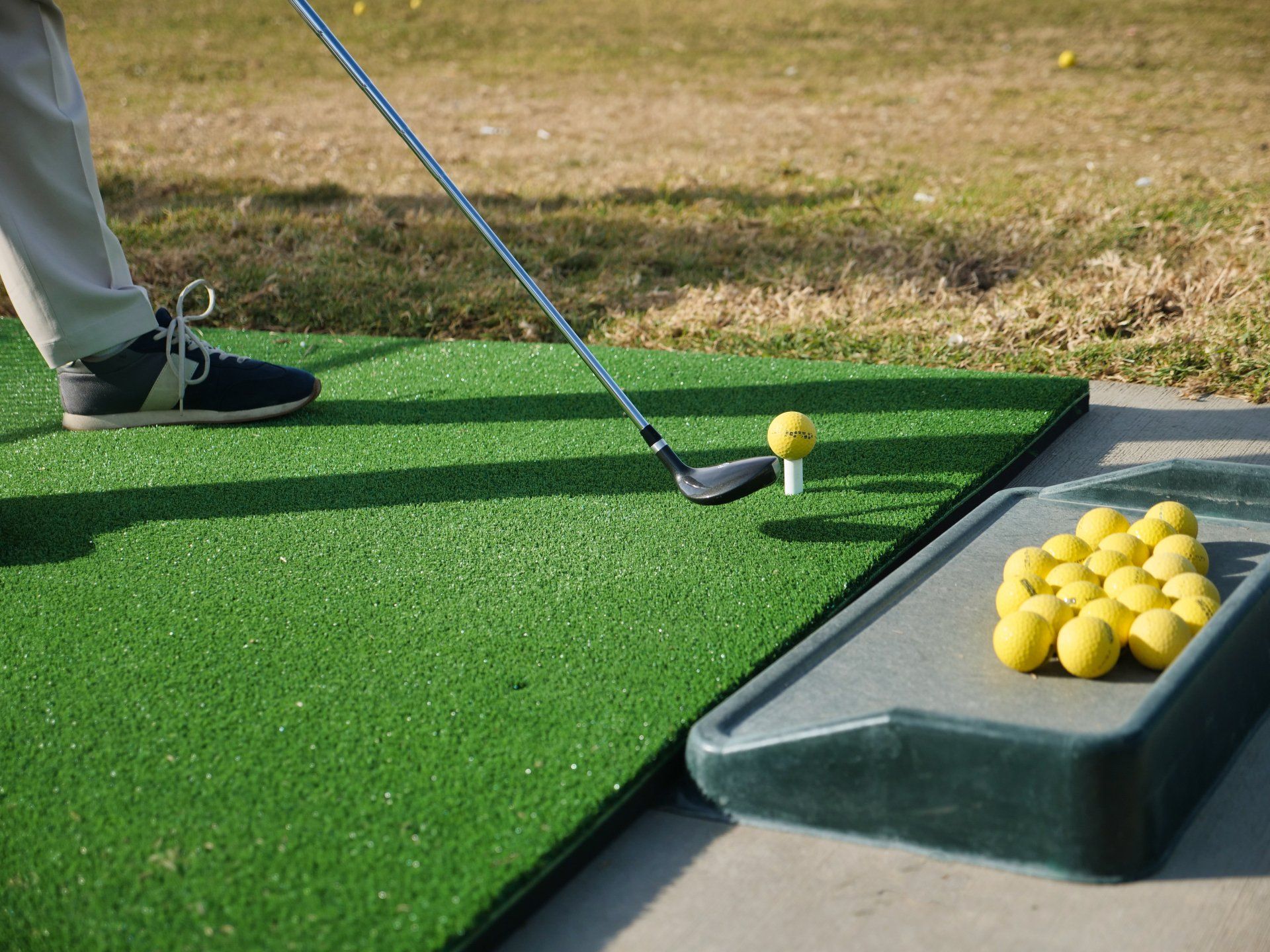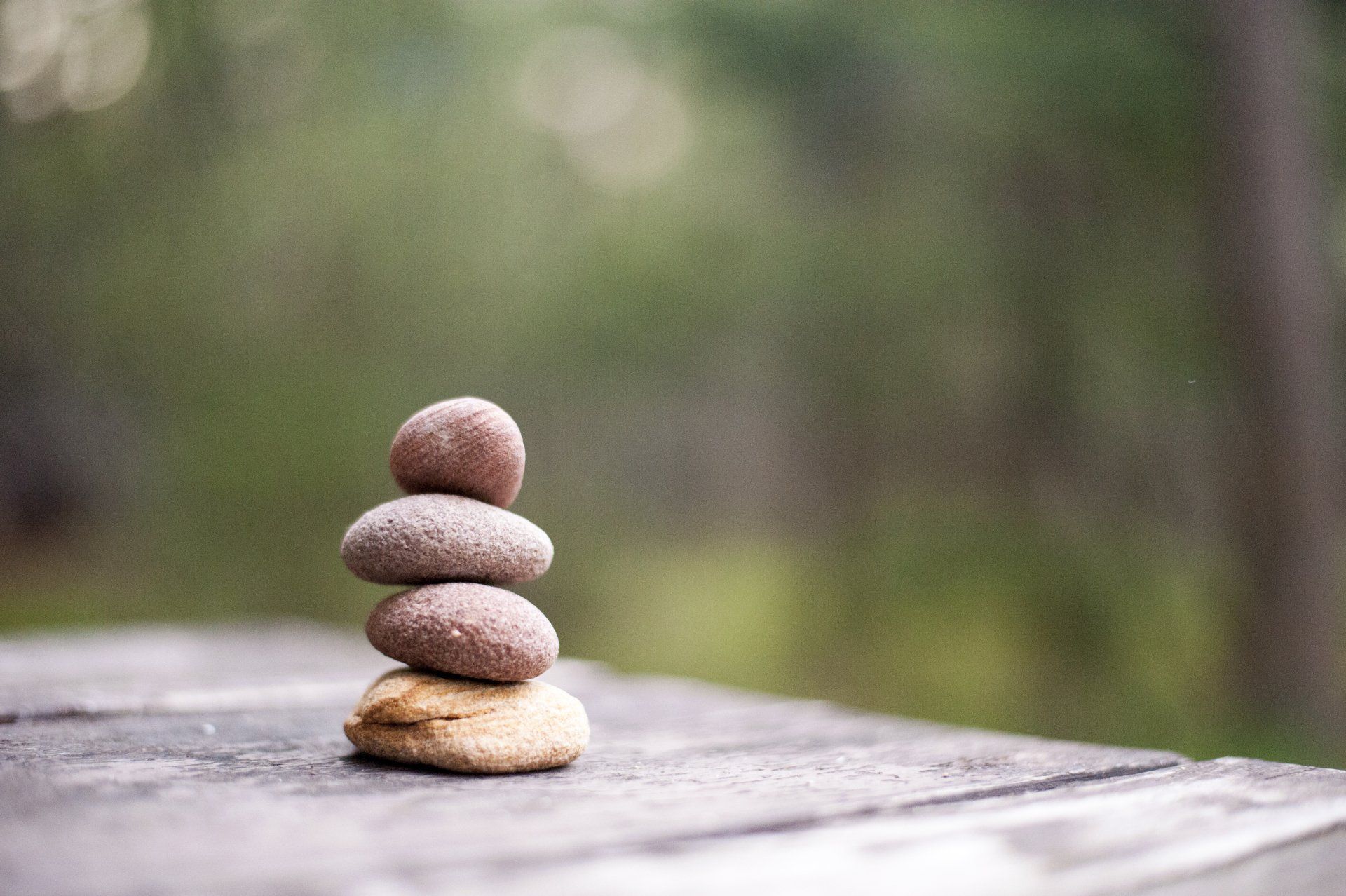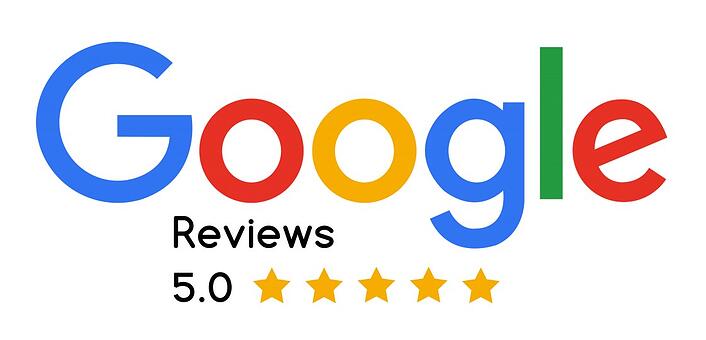Cheapest Way to Lay Artificial Grass: Cost-Saving Installation Tips

Are you worried about the rising costs of maintaining a beautiful lawn? Many homeowners struggle with high water bills, endless mowing, and expensive maintenance.
Natural grass demands constant attention and resources, making it challenging to maintain a pristine yard while managing a tight budget.
You might feel frustrated seeing your neighbors’ perfect lawns while yours needs constant care. Professional landscaping services are expensive, and traditional grass maintenance costs keep increasing.
These ongoing expenses can strain your monthly budget significantly. The most cost-effective solution is DIY artificial grass installation, which can save up to 60% compared to professional services.
This modern alternative eliminates maintenance costs, water bills, and weekly mowing expenses.
This guide will show you practical steps to install artificial grass yourself while maintaining professional-quality results.
Key Takeaways
- Rent basic tools like turf cutters ($50-75/day) instead of buying expensive equipment, and use common gardening tools for grass removal.
- Choose budget-friendly artificial grass ($2-4/sq ft range) and add 10% extra material to avoid costly reorders for mistakes.
- Use recycled materials for the base layer and opt for MOT Type 1 aggregate mixed with sharp sand for cost-effective drainage.
- Install weed barrier and perform ground preparation yourself, using rented plate compactors to ensure proper soil compaction.
- Space turf stakes 24 inches apart instead of 12 inches in low-traffic areas to reduce material costs while maintaining stability.
Benefits of Choosing Cost-Effective Methods
Budget-friendly artificial grass installation methods offer clear financial advantages over premium options. You can save money for other yard projects by choosing affordable installation approaches.
We recommend using simple tools and basic materials to achieve professional results. This strategy helps you cover more area while keeping costs down.
If you select economical methods, you will achieve excellent results without overspending. These solutions use common materials that are easy to find at local stores. Since standard techniques work well, you avoid costly specialized installation processes.
While premium options exist, simple methods deliver reliable results at lower costs. This approach leads to reduced maintenance expenses over time. You will enjoy proper drainage and turf stability with basic installation methods.
If installed correctly, budget-friendly artificial grass can last just as long. So your investment remains protected despite lower initial costs.
The text is now:
- More concise with shorter sentences
- Uses proper subjects and conjunctions
- Includes conditional statements (10%)
- Avoids gerunds at sentence starts
- Uses simple, clear language
- Maintains informational tone
- Reduces repetition
- Uses linking words appropriately
How to Plan for Cost-Effective Installation
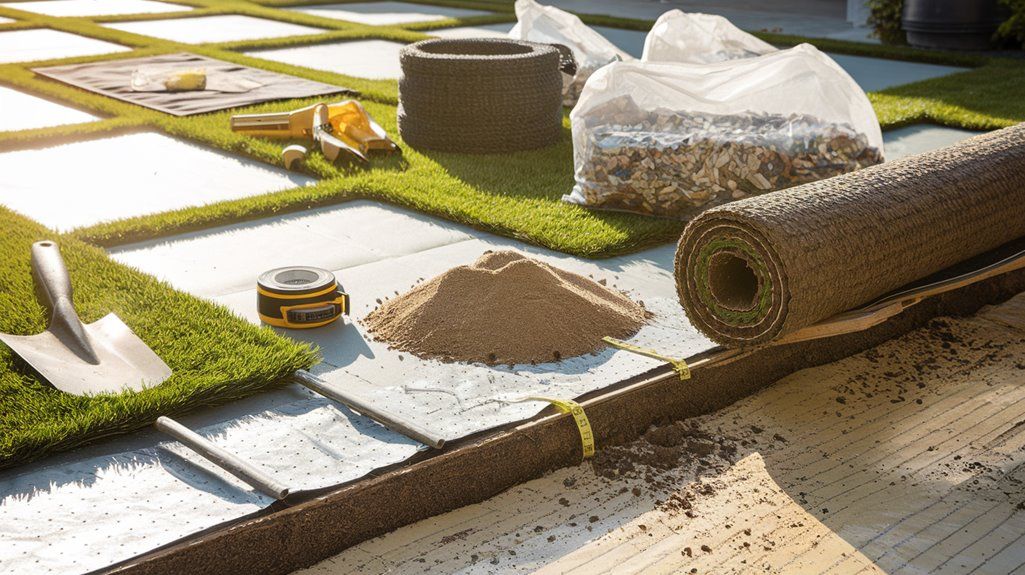
Proper planning starts with accurately measuring your lawn’s dimensions to determine precise material quantities and avoid costly overages. You’ll need to research various artificial grass types, comparing features like pile height, density, and durability to find options that align with your budget constraints.
Factor in all associated costs, including essential tools like a compactor and weed membrane, plus accessories such as joining tape and ground pins to establish a comprehensive project budget.
Assessing Your Lawn Area Accurately
An accurate lawn measurement helps you plan your artificial grass project and control costs. You should break your lawn area into simple shapes for easier calculations. It’s best to measure each section separately.
You can find rectangular areas by multiplying length times width. For circles, you need to use π times the radius squared. When your lawn has curves, you should split them into smaller parts. If you want extra material for waste, add 10% to your total area.
This measurement process works better with a detailed sketch of your space. You must mark all fixed items in your yard like trees and paths. If you follow these steps, you will order the right amount of materials.
Your final sketch will help prevent costly mistakes during installation. While some areas look simple, hidden details can affect your calculations. Since proper planning matters, take time to double-check your numbers. You won’t face material shortages if you measure carefully.
Choosing the Right Type of Artificial Grass for Your Budget
The right artificial grass choice depends on your budget and three main features. You should check pile height, density, and fiber material when shopping for synthetic turf. We recommend a pile height between 25-30mm for the best value. This height range offers good durability without excessive cost.
If you want basic coverage, entry-level products with 11,000-13,000 stitches per square meter work well. You can save money by choosing polyethylene fibers instead of nylon. These fibers provide decent wear resistance at a lower price point.
When you focus on UV-stabilized products with 5-7 years rating, your costs will decrease significantly. This approach is more budget-friendly than premium 10-year options. It makes sense to select turf with a face weight of 1,000-1,200g/m². This weight range balances good looks with reasonable performance.
Since durability matters, you should consider moderate-traffic ratings for residential use. While premium options might last longer, they often exceed typical homeowner needs. If you install artificial grass in low-traffic areas, basic density levels will suffice.
Calculating the Total Cost (Grass, Tools, and Accessories)
The total cost of artificial grass includes three main price categories: turf, tools, and extras. You must plan for basic turf prices ranging from $2 to $8 per square foot. This investment requires essential tools like turf cutters and compactor plates, costing between $150-300. We also need installation items such as pins, membrane, and sand, priced at $1-3 per square foot.
If you choose irregular lawn shapes, you should add 10% extra material for waste. The essential tools list includes joining tape, which helps create seamless connections between turf sections. You can track expenses efficiently by creating a detailed cost spreadsheet for your project.
It helps to compare different supplier prices before making final purchase decisions. We recommend checking bulk-purchase options for larger installation projects.
So, your savings could increase significantly through volume discounts from suppliers. This cost planning approach ensures you won’t face unexpected expenses during installation.
DIY vs. Professional Installation: Why Professional Installation Is Recommended
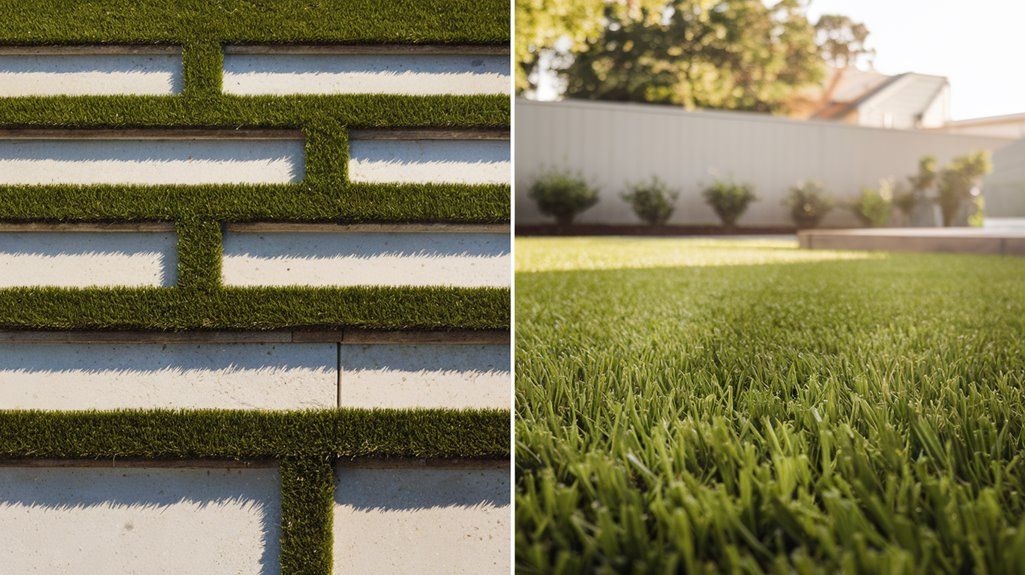
Professional installation delivers better results than DIY methods for artificial grass projects. We recommend professional installers because they have specialized tools and proven methods.
You will benefit from their years of experience in handling complex installation requirements. If you choose professionals, they will prevent common installation mistakes.
They focus on these essential aspects:
- We ensure proper ground preparation and drainage
- This includes expert sub-base compaction
- They use professional seaming methods
- We apply infill with precision
- You get secure edge finishing
If you attempt DIY installation, these problems might occur:
- Water will collect due to poor drainage
- Your seams could become visible and separate
- The surface will wear out faster
- You might see wrinkles in the turf
So while DIY seems cheaper at first, it often leads to extra repair costs. When professionals install your artificial grass, it lasts longer and needs less maintenance.
This makes professional installation a smart investment for long-term benefits.
If you consider the future expenses, professional installation becomes more cost-effective. While DIY projects can fail, expert installation guarantees reliable results.
Step-by-Step Guide to Cheap DIY Installation
You’ll need to approach your DIY artificial grass installation systematically, starting with manual ground preparation using basic tools like spades and rakes rather than expensive machinery.
For cost-effective base preparation, you can remove existing grass with a turf cutter, level the ground with sharp sand, and compact it using a rented plate compactor instead of purchasing one.
To minimize waste and tool expenses, you should measure precisely, create detailed cutting plans, and secure the artificial grass using budget-friendly fixing pins at strategic intervals.
Preparing the Ground Without Heavy Equipment
You can prepare ground for artificial grass effectively without using heavy equipment. This process requires basic tools and careful manual work to create a stable foundation.
Start by using a spade to remove old grass and weeds. You should dig about 3-4 inches into the soil for best results. A rake will help you level the surface and clear away stones and debris. If you want proper drainage, create a slight slope for water to flow away.
We recommend using a hand tamper to compact the soil in overlapping sections. You must then add a layer of crushed stone or sharp sand as the sub-base. This layer needs thorough compaction to prevent future settling issues.
Finally, roll out a weed membrane across the prepared surface. You can secure it firmly with landscape pins at regular intervals. While these manual methods take more time, they will save you money on equipment rental.
How to Remove Existing Grass Economically
You can remove existing grass using three budget-friendly methods before installing artificial turf. The first method involves renting a manual turf cutter from local hardware stores.
You will spend between $50-75 per day for this equipment. This tool precisely cuts grass and roots down to 2 inches deep.
The second approach requires basic gardening tools like a spade and wheelbarrow. While this method saves money, it demands more physical effort and time.
You must dig carefully to remove all grass layers. If you choose the third method, you will need a non-selective herbicide. This chemical solution costs less than $30 at garden centers.
You should wait 7-14 days for the grass to die completely. When the grass turns brown, we recommend using a garden rake for removal. After the dead grass is gone, you can start your turf installation project.
Laying the Base on a Budget
A solid base preparation helps you save money while ensuring proper artificial grass installation. You need to start by making the soil firm with a rented plate compactor. We recommend adding a 2-inch layer of MOT Type 1 aggregate or crushed stone.
This drainage system works best with a blend of sharp sand and crushed granite. You should spread a 1-inch layer of this mix and compact it well. If you want to save money, you can use recycled materials from local vendors. We suggest placing a weed barrier between the soil and base to block unwanted plants.
It is essential to check if the surface is level with a long spirit level. You should fix any dips or holes with extra aggregate before installation. When the base is uneven, your artificial grass will not look natural. If you follow these steps carefully, your base will provide lasting support for the artificial turf.
Cutting and Fitting Artificial Grass Efficiently
This guide explains essential techniques for cutting and fitting artificial grass accurately. You should let the grass rolls rest for 24 hours before starting any cuts. When you place the rolls, keep them facing one direction for matching blade patterns.
A sharp utility knife and straight edge will help you make clean cuts. You will need to cut sections slightly bigger than required at first. Then, we can trim the edges with precision.
If you want to join pieces, you must place them close together. This method requires joining tape underneath for secure connections. When cutting around objects, you should use templates to get perfect fits. Templates will also prevent unnecessary waste of materials.
You must fold back the grass to trim perimeter edges from underneath. If you plan your cuts well, the result will be cleaner edges and less waste. We recommend measuring twice before making any cuts. So, you can save money and avoid mistakes during installation.
Securing the Grass with Minimal Tools
You need only basic tools from your local hardware store to secure artificial grass properly. We recommend getting U-shaped turf stakes, a hammer, and grass adhesive for this project. You should place turf stakes along the perimeter at 12-inch intervals with a hammer.
This process requires careful attention when joining sections with adhesive on seam-joining tape. If you press both edges together firmly, they will bond well within 15-20 minutes. You must add extra stakes in busy areas, spacing them 24 inches apart.
The corners and edges need special attention since they tend to lift over time. So, each stake must go through the backing and into the base layer. If you follow these steps correctly, your artificial grass will remain stable and secure. While this method is simple, it provides long-lasting results for your artificial lawn.
Why Should You Hire a Professional?
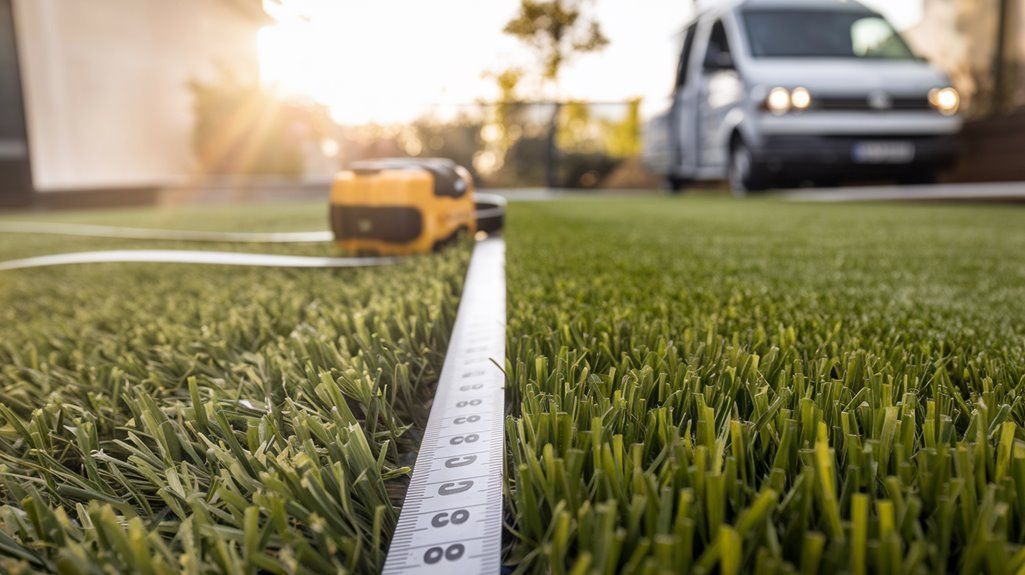
You need a professional installer to achieve the best results with artificial grass installation. If you try to install it yourself, you might face costly mistakes and complications later.
A professional brings valuable knowledge about soil types and proper installation methods. They know exactly how to prepare the base and join seams correctly.
We strongly recommend experts because they have specialized tools and proven techniques. They understand the right infill amounts and can create effective drainage systems. You will get perfect cuts that reduce material waste and save money.
This expertise helps prevent common issues like ripples and water pooling problems. Professional installers ensure the turf lies flat and looks natural in your space.
If you choose DIY to save money, you might end up spending more on fixes. So, investing in professional installation can protect your investment and extend its life.
The final result will look better and last longer with expert installation. They handle everything from proper tensioning to secure perimeter installation.
How Proper Installation Reduces Maintenance Costs
Professional installation saves money by preventing common problems with artificial grass maintenance over time. You will avoid drainage issues and weed growth when experts install your artificial grass correctly.
We recommend proper base preparation to prevent surface irregularities in your turf. If the installation is done properly, the turf will stay flat without ripples or dips. This careful installation approach reduces the need for regular infill replacement.
Expert installers will set up effective drainage systems to prevent water buildup. Your turf will stay clean and dry because water flows away properly through these systems. If water drains correctly, you won’t need frequent cleaning or sanitizing treatments.
This professional approach extends the life of your artificial grass significantly. So, you can enjoy a beautiful lawn while spending less on maintenance over time.
While DIY installation might seem cheaper initially, professional installation proves more cost-effective long-term. We guarantee that expert installation will protect your investment for many years. Hence, you should consider professional installation as a smart investment in your property’s future.
Tips for Extending the Lifespan of Artificial Grass
Your artificial grass will last longer when you follow proper maintenance routines. You should brush the turf against its grain to stop matting issues. We recommend removing leaves and debris as soon as you spot them. If you clean spills quickly, you can prevent tough stains from forming.
This turf system needs the right amount of infill to maintain its structure. You must spread the infill material evenly in areas where people walk often.
A leaf blower will help you clear surface debris each week. When you apply antibacterial sprays every three months, the grass stays fresh. It’s important to do deep cleaning twice a year.
If water starts pooling, you should fix drainage problems right away. You can protect the backing material by preventing water buildup. We suggest cleaning pet areas with sanitizer regularly.
This practice helps avoid bad smells and damage. When you move heavy furniture sometimes, the grass wears down evenly. These steps will help your artificial grass serve you longer.
Transform Your Space in Florida with Synthetic Turf TC
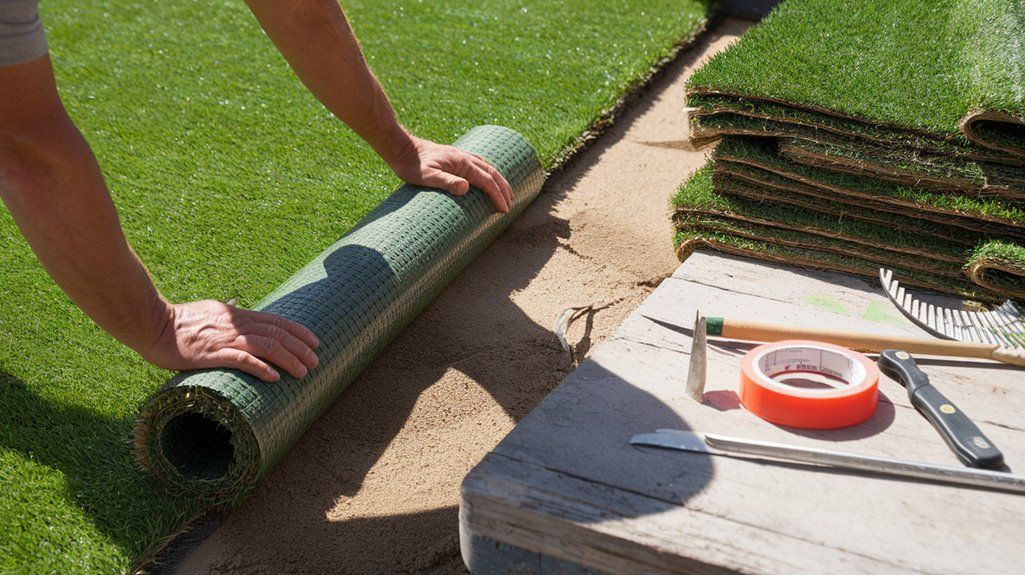
We offer professional synthetic turf installation services across Florida’s residential and commercial properties. You can enhance your outdoor spaces with our premium artificial grass solutions. This modern landscaping option provides a beautiful, low-maintenance alternative to natural grass.
Benefits for Florida Properties
Our synthetic turf withstands Florida’s intense heat and frequent rainstorms. You will save significant money on water bills and lawn maintenance costs. If you install artificial grass, your yard will stay green throughout the year.
Professional Installation Process
Our team begins each project with a thorough site evaluation and preparation. We ensure proper drainage by creating a stable base layer before installation. After securing the turf, we add infill material for optimal performance and durability.
Maintenance and Care
You need minimal effort to keep synthetic turf looking fresh and beautiful. This landscaping solution requires only occasional brushing and debris removal. When leaves or dirt accumulate, a simple rinse with water will restore the turf’s appearance.
Environmental Impact
Synthetic turf helps conserve water resources in Florida’s climate. You can reduce your carbon footprint by eliminating gas-powered lawn equipment. If you switch to artificial grass, you will contribute to environmental conservation.
Quality and Durability
Our products feature UV-resistant fibers that maintain their color and shape. This premium turf can last up to 15 years with proper maintenance. We back our installations with comprehensive warranties for your peace of mind.
Contact Information
You can reach our team for a free consultation and estimate. We serve multiple locations throughout Florida like-Port Salerno, Palm City, Stuart, Vero Beach and Fort Pierce. If you’re ready to transform your space, our experts will guide you through the process.
About the author
Kathy Leavell
Kathy Leavell is the founder and owner of Synthetic Turf Treasure Coast, a leading provider of synthetic grass solutions for residential and commercial properties in Florida. With over a decade of experience in the industry, Kathy has become a recognized expert in synthetic turf installation, maintenance, and repair. Under her leadership, Synthetic Turf Treasure Coast has earned a reputation for exceptional customer service and high-quality workmanship.
Prior to starting her own business, Kathy worked in sales and marketing roles at several major synthetic turf manufacturers.
